

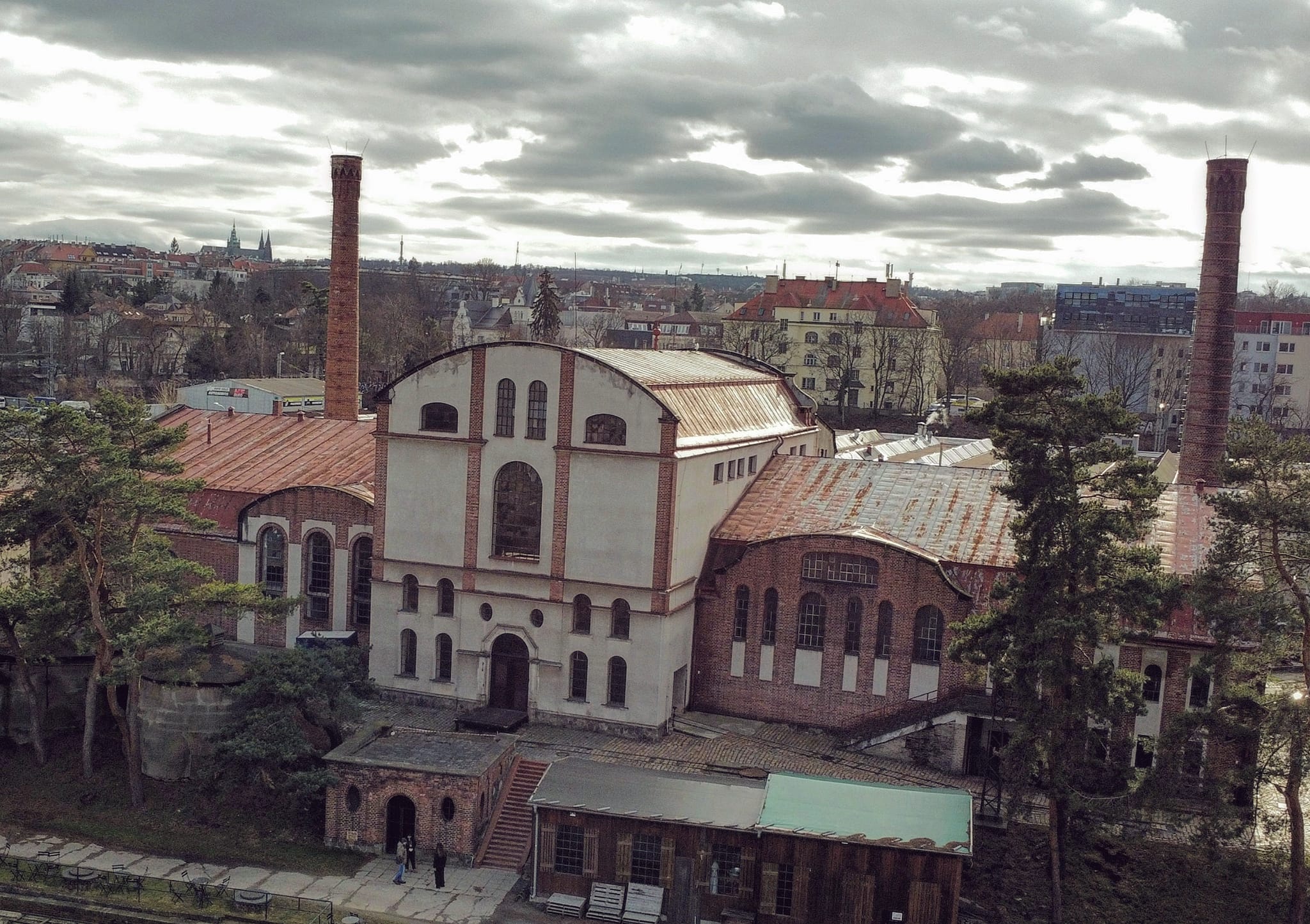
Jedinečný doklad historie, architektury, parního strojírenství a čištění odpadních vod z roku 1906. Čistírna odpadních vod v Bbenči tvoří ústřední část velkorysého Lindleyova projektu nové pražské kanalizace z let 1983 až 1907. Architektonickou úrovní a technologickou skladbou s dochovaným původním vybavením představuje unikátní celek v evropském kontextu. Její výstavba proběhla v letech 1901 až 1906 a jedná se o poslední článek systematické stokové sítě v Praze. Projekt kanalizace i návrh technických parametrů čistírny vypracoval stavební inženýr britského původu sir William Heerlein Lindley. Areál sloužil jako čistírna odpadních vod až do roku 1967, kdy začala fungovat nová Ústřední čistírna odpadních vod na Císařském ostrově. Některé nádrže Staré čistírny odpadních vod se však používaly pro manipulaci s kalem až do roku 1983. Původní usazovací nádrže sloužily ještě na počátku 80. let 20. století jako manipulační jímky na kal z nové čistírny.
V roce 1991 byl areál prohlášen za kulturní památku, v roce 2010 za národní kulturní památku a od roku 2016 kotevním bodem ERIH. Od roku 2019 usiluje bubenečská čistírna o zápis mezi památky světového kulturního a přírodního dědictví UNESCO.
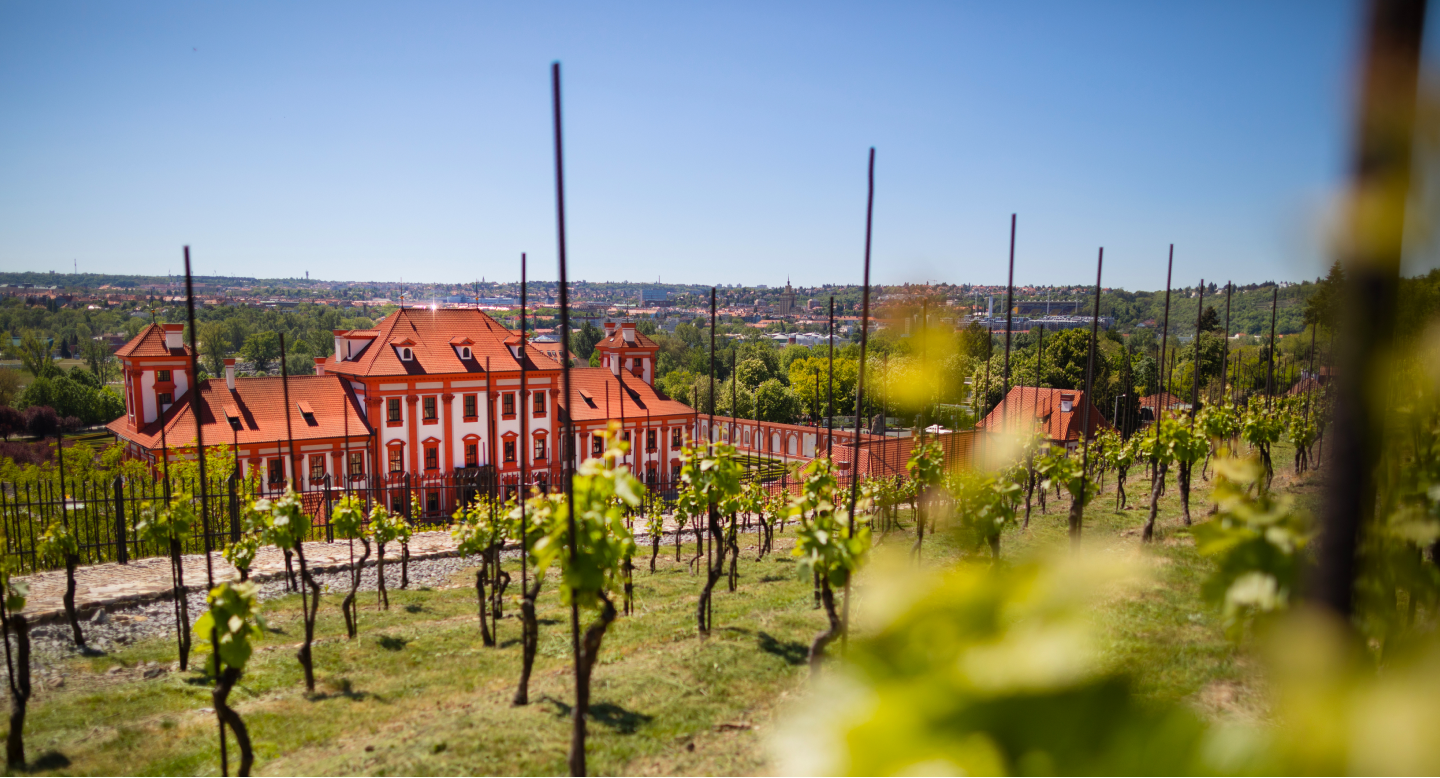
Troja Château is indeed a remarkable and exceptional building. In fact, it would be better to call it a villa instead of a château, because it echoes the opulent Roman suburban villas which its builder, Count Wenzel Adalbert of Sternberg, encountered on his long journey.
The construction of the early Baroque Troja Castle was started in 1679, six years before the birth of the most famous Baroque composer J. S. Bach. The commissioner and builder was Count Václav Vojtěch of Sternberg, who was enchanted by the abandoned summer palace in Vaux-le-Vicomte, the typical "maison de plaisance" and the opulent chateau in Fontainebleau. The author of the first design was Giovanni Domenico Orsi, but he died as soon as construction began. A new architect of French origin, Jean Baptiste Mathey, divided the plan and completed the whole building. The centre and dominant feature of the whole mass of the building is the great hall, from which a corridor with an enfilade of adjoining salons runs off to either side. The sides of the building are vertically and horizontally terminated by two-storey tower-like belvederes. The painting work on the ground floor was mainly carried out by Carpoforo Tencalla, while Francesco Marchetti and his son Giovanni Francesco worked on the first floor. For the illusory monumental decoration of the great main hall, the builder called on the Flemish painters Abraham and Isaac Godin.
The sculptural decoration of the double staircase leading to the garden was entrusted to the Dresden artists Georg and Paul Hermann and is a fairly faithful reproduction of the Renaissance staircase at Fontainebleau, known from an engraving by the French architect J. A. du Cerceau of 1576. The monumental sculptures adorning the staircase symbolize the struggle between the Titans and the ancient gods. The individual sculptures around the perimeter of the staircase represent the ancient gods, allegories of the seasons and continents.
In 1722, the Sternbergs were forced to sell the castle and the associated farm due to debts, of course, after being removed from the family trust. Thereafter, the owners of the castle changed quite often - at one time, even the Empress Maria Theresa owned the castle in Troja. The chateau regained its former splendour after 1776, when it became the property of the baronial von Astfeld family, whose possession it remained until 1829. Throughout this time it served as a place for excursions and entertainment for prominent Prague citizens. For noble reasons, the last owner of the Astfeld family donated the Troja Sotek and the castle to two Prague hospital orders - the Elizabethans, caring for women, and the Brothers of Mercy, caring for sick men.
However, the small income from the Troja property forced the orders to sell the farm and the castle in 1841, again to noble owners, from whom it fell into the hands of various businessmen at the end of the 19th century. The last of them, Alois Svoboda, a Troja landowner with a broad economic, political and cultural outlook, donated the chateau to the Czechoslovak state in 1922. At first he used it to house the museum exhibition of the Legionary Resistance Memorial, which was moved in 1929 to a new building under Vítkov. Afterwards, an exhibition of modern Czech sculpture was installed there, and in 1952 the ownership of the castle was transferred to the National Gallery.
Between 1977 and 1979 the chateau underwent extensive reconstruction. Due to its location near the river, the lower part of the chateau and the garden were flooded during floods, most recently in 2002 and 2013.
Currently, the owner of the entire castle complex is the City of Prague, which has entrusted it to the Prague City Gallery for exhibition and display purposes.
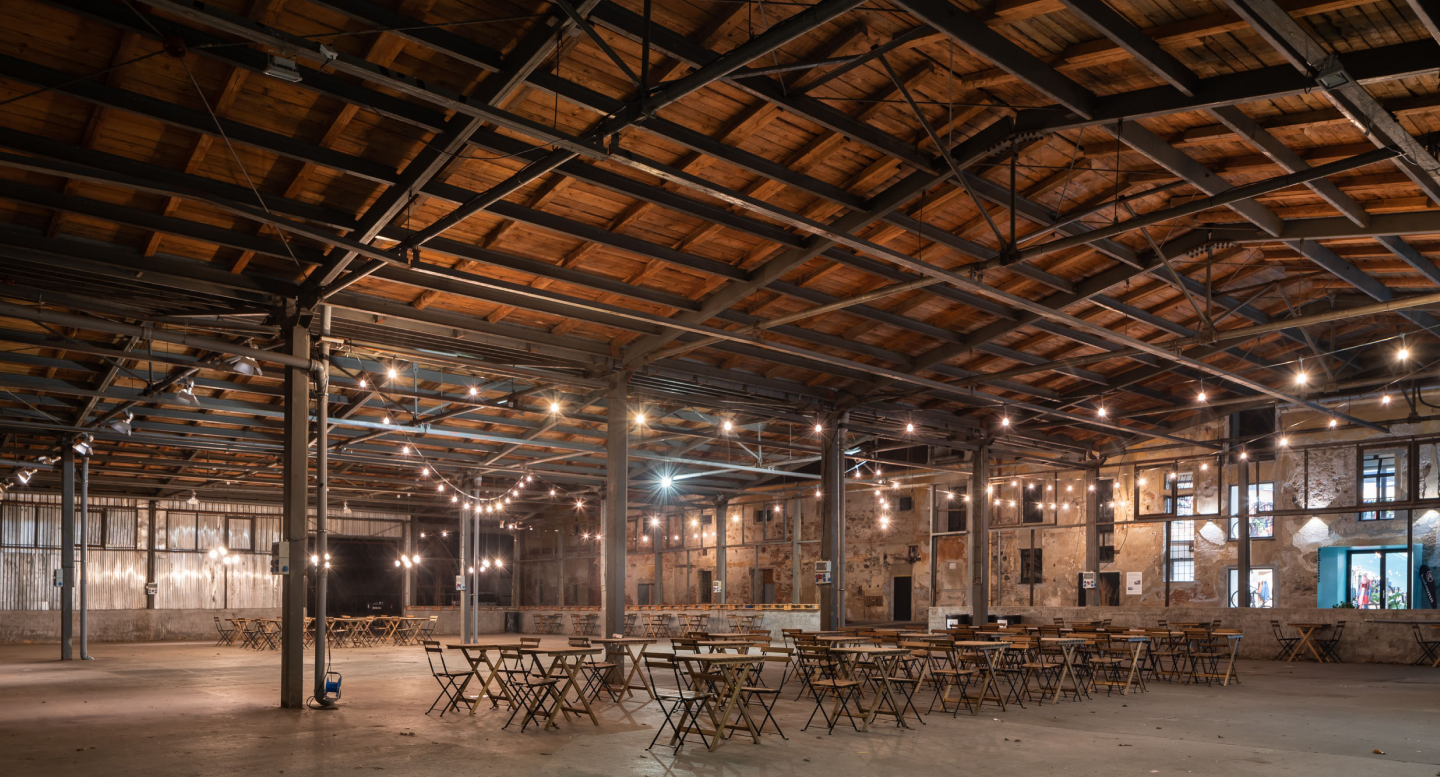
Troya Praha (dříve Kolovna ZOOna) je nový název pro dřívější Kolovnu a ještě dřívější trojský pivovar.Areál slouží jako místo k setkávání obyvatel Troje a konání akcí už od roku 1928, kdy se zde konalyprvní sokolské slavnosti. Ambicí současných majitelů je vdechnout areálu nový život a pokračovat vhistorické tradici budování komunitního života v srdci Troje.
Krásné koncerty s neopakovatelnou atmosférou jsme zde pořádali už během 1. ročníku Troja Festivaluv roce 2024. Kdo by v rozsáhlém venkovním prostoru industriálního charakteru čekal špičkovouakustiku? A kdo by v místě, které většina z nás bez povšimnutí projde, čekal výborné zázemí prokoncert za každého počasí? Večerní osvětlení areálu vytváří úchvatnou atmosféru, proto jsme se letosrozhodli i pro večerní koncert vedle tradičních odpoledních formátů. Místo má svůj osobitý charakter,ztratíte pojem o čase a prostoru a zapomenete, že jste téměř v centru města. Jste na koncertě,dýcháte svěží letní vzduch nedaleko Vltavy! Přijďte do neformálního prostředí a užijte si s námipříjemný letní večer a víkendová odpoledne!
K dispozici bude občerstvení Vinohradského pivovaru.
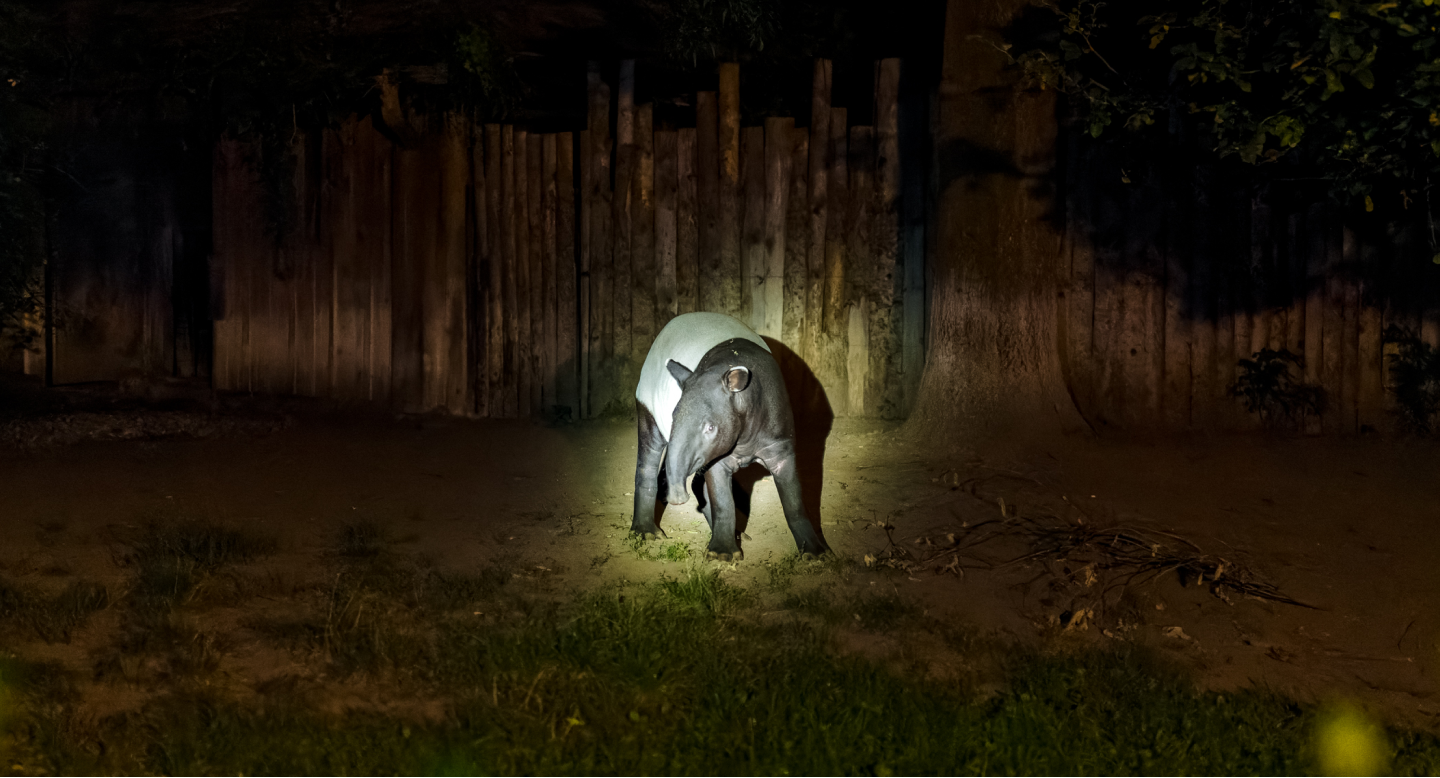
The Prague Zoo is located in the beautiful, rugged terrain of the Troja Valley. It is one of the best and most visited Zoos in the world.
However, a concert there is not an everyday affair, especially not at night. The starry sky above you, the howling of wolves in the distance...and the festival ensemble with Josef Špaček, Tomáš Jamník, mezzo-soprano Bella Adamova and actor Martin Myšička in front of you with a programme specially designed for the summer evening open-air atmosphere.
Our concert will take place in the lower part of the Zoo at the “Archa gazebo” (near the children's train) and the meeting point is the main entrance of the Zoo.
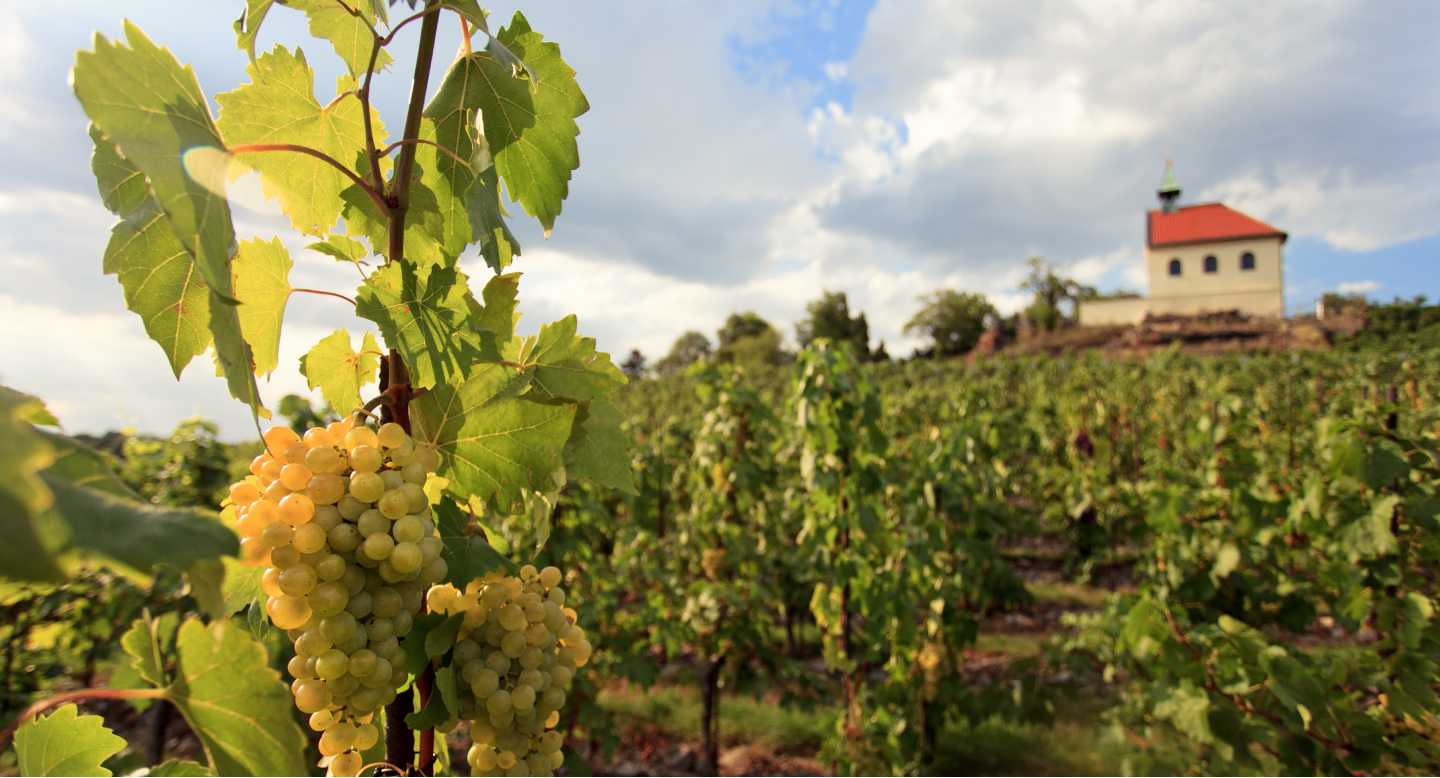
The Botanical Garden Prague is a green oasis almost in the centre of Prague. It is a place of relaxation, education, entertainment and pleasure for all your senses. The botanical garden includes the tropical greenhouse Fata Morgana, which has been open to the public for 20 years, and the entironmentaly protected St. Clare's Vineyard. Here you can take a trip around the world in a single day. You will visit North, Central and South America, Africa, Madagascar, Japan or the Mediterranean, take an adventurous expedition to a tropical rainforest and get to know critically endangered plants from the Czech Republic.
Our concert will take place right on St. Clare's Vineyard at the newly renovated Vineyard House. Its newly equipped terrace offers beautiful panoramas of the Vltava River, Troja Castle and the whole of Prague. You can enjoy and taste local wines, both white and red.